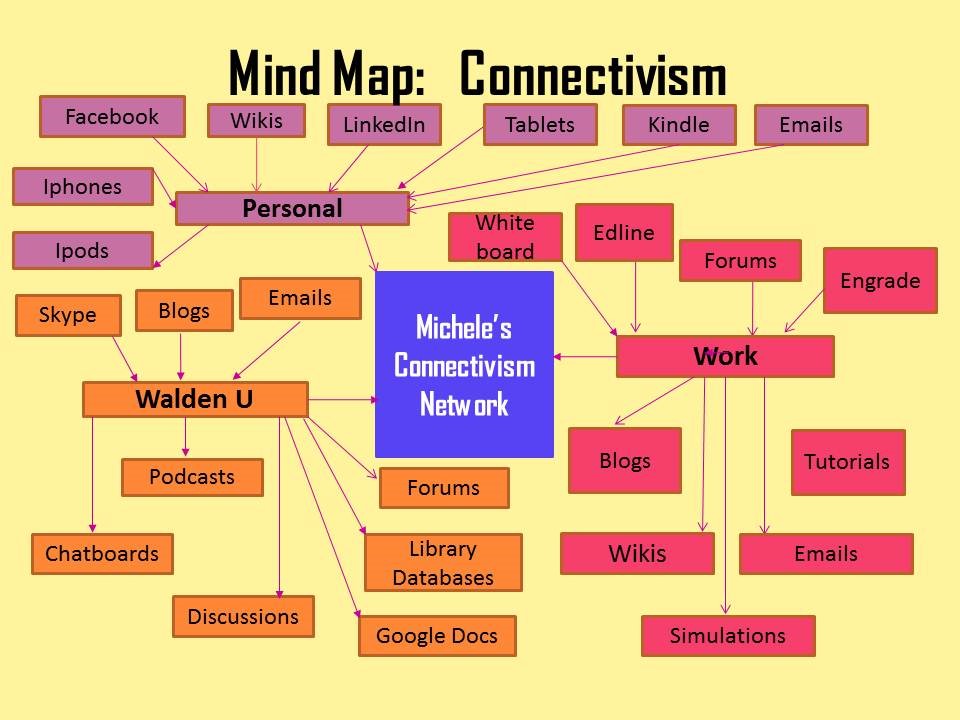Themes of a PLN in a professional capacity
A PLN can be best described using connectivism theory. Veletsianos (2010) claim reasons that professionals derive competencies by forming connections. The built network consists of connected nodes that consist of machines learning resources, and people. Combined, the nodes facilitate the transmission of knowledge across the network of nodes. Learning happens when people discover a way of learning from one another. People create PLNs as they access, filter, process, and share information across a learning network.

Which social media platforms are beneficial for education?
The social media platforms that are most beneficial in education are growing. In fundamental terms, blogging, social networking, and wikis are the basis for PLNs for education. Photo sharing platforms such as Pinterest increase knowledge sharing through pictures, short videos, and short explanations. YouTube is also a great platform where students can watch tutorials online and better understand concepts. Microblogging platforms like Twitter and LinkedIn helps students to connect better and interact to exchange knowledge and learn from each other.
The equality that exists when all have the same platform to engage community dialogues
Social media professionals have various ways of adhering to professionalism and regulations when working with the vulnerable sector. Social media allows the voices of the first nations (indigenous communities) to be heard because it is a platform for everyone (Baker & Miller, 2021). The social media influencers such as journalists allow their stories to be heard by the more advanced world through cultural events, business, sporting events, education, and documentaries. In the PLN, a professional educator should always stand for the truth and protect the vulnerable to build social equality in education. The use of offensive language, signals, and other things such as spreading fake news is considered a violation of regulations and ethics. Professionals are required to treat every individual on social media equally while protecting them from content that could cause harm, insecurity, rage, and fear. This ensures that the PLN serves to educate in a social environment that accommodates diverse people from different cultures, ethnicities, views, religions, nations, disability statuses, and races.
References
Baker, B. & Miller, J. (2021, June 10). Education in a Connected Culture – Course YouTube Channel https://youtu.be/C5z8iHxW2n4
Veletsianos, G. (Ed.). (2010). Emerging technologies in distance education. Athabasca University Press. https://www.aupress.ca/app/uploads/120177_99Z_Veletsianos_2010-Emerging_Technologies_in_Distance_Education.pdf
Leave a Reply